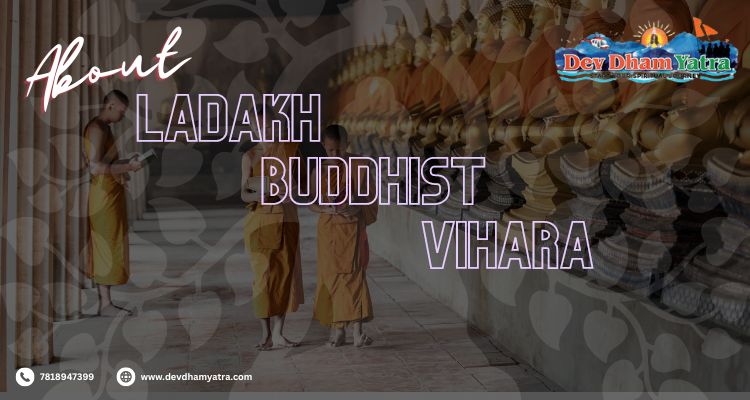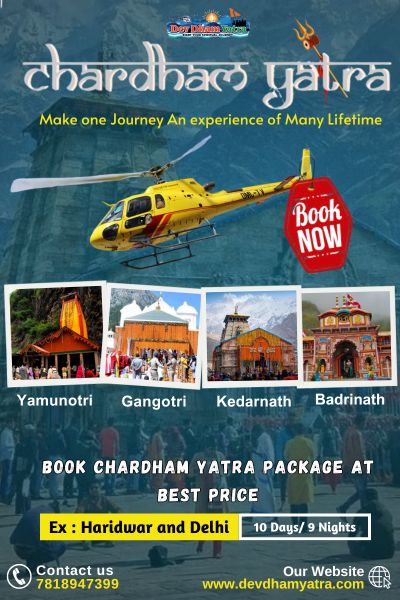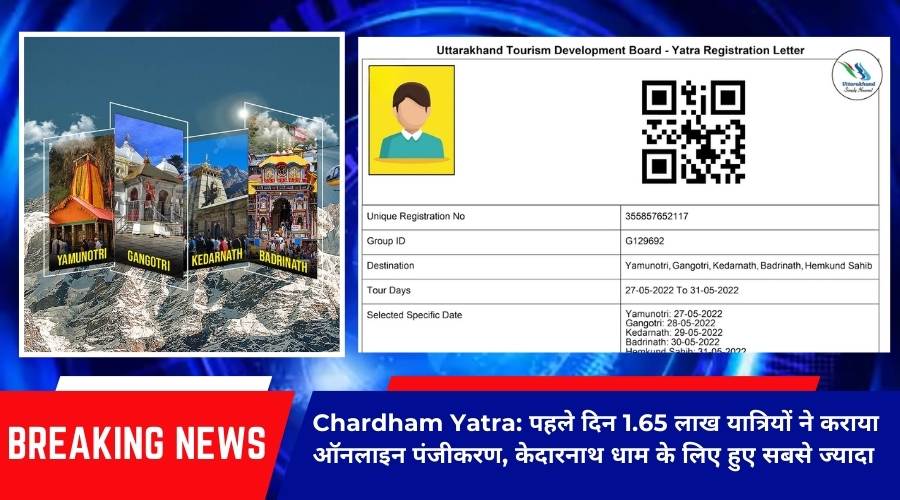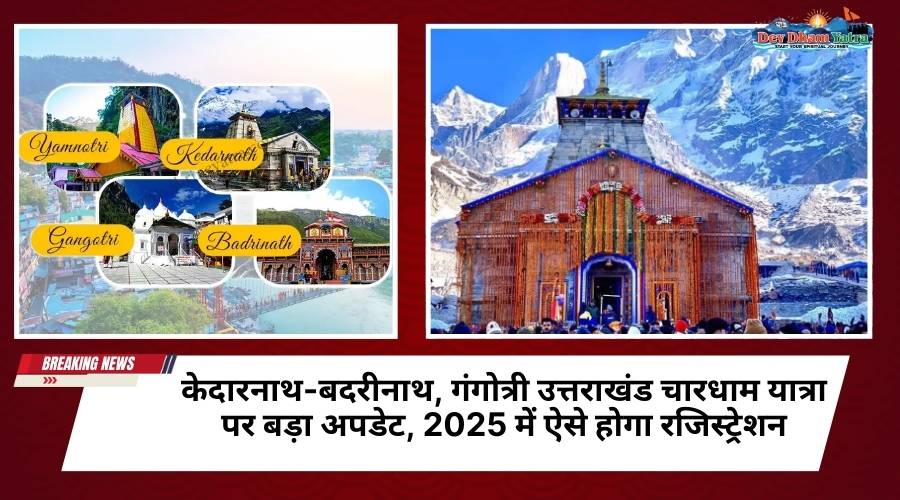About Ladakh Buddhist Vihara
The Ladakh Buddhist Vihara is a serene and culturally significant Buddhist monastery located in Delhi, India. Despite its historical and spiritual significance, it remains relatively unpublicized. Nestled in the heart of the capital city, this vihara serves as a spiritual refuge for the Ladakhi community residing in Delhi.
The vihara showcases traditional Ladakhi architecture, reflecting the unique cultural heritage of the region. It features vibrant murals, intricate woodwork, and a tranquil courtyard.
The Ladakh Buddhist Vihara serves as a center for Buddhist teachings, meditation practices, and cultural activities. It provides a platform for the Ladakhi community to come together, preserve their traditions, and foster a sense of belonging. Visitors can immerse themselves in the serene ambiance, participate in meditation sessions, and engage with the resident monks.
While often overlooked, this hidden gem offers a profound spiritual experience and a glimpse into the rich Ladakhi heritage. The Ladakh Buddhist Vihara stands as a testament to the harmonious coexistence of diverse cultures in the bustling metropolis of Delhi.
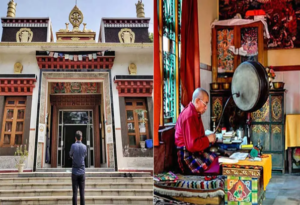
Information About Ladakh Buddhist Vihara
Location:
In one of the busiest parts of Delhi, very close to the Kashmiri Gate Metro Station and the ISBT Bus Stand is Little Tibet, which is home to a magnificent statue of Gautam Buddha as well as the Ladakh Buddhist Vihara, a Buddhist Monastery. Situated on the banks of the river Yamuna, this beautiful Vihara offers a very peaceful place for prayer.
Entry and Timings:
- Entry: Free for all
- Timings: 8:00 a.m. to 7:00 p.m.
- Prayer: 8:00 a.m. to 7:00 p.m.
How to Reach Ladakh Buddhist Vihara in Delhi?
Chandni Chowk Metro Station
- Leave the station and Take a Taxi.
- The temple is 3.2 km far from the station.
- Within 8 to 10 min. you will arrive there.
From Airport (18 km)
- Take the Airport Express Line from the airport’s Dwarka Sector 21 station to the New Delhi Metro Station.
- From the New Delhi Metro Station, you can transfer to another metro line that is convenient for reaching the specific location of the Ladakh Buddhist Vihara.
- Exit at the nearest metro station to the vihara’s location.
Note: After exiting the airport, you can easily find pre-paid taxi counters.
New Delhi Railway Station (3.0 km)
- Upon reaching New Delhi Railway Station, exit the station premises.
- After exiting the station you can choose from various transportation options like taxi, auto-rickshaw, or app-based cab services to reach the vihara.
Old Delhi Railway Station (3.2 km)
- Exit Old Delhi Railway Station: Upon exiting the station, you’ll find yourself in the bustling streets of Old Delhi.
- Transportation Options: You can choose from various transportation options such as taxis, auto-rickshaws, or app-based cab services available outside the railway station.
Note: After reaching Vihara you can inquire about the Vihara’s address and follow the directions provided by locals or use navigation apps to reach your destination.
Explore:
- Main Prayer Hall: The main prayer hall is often the focal point of a vihara. You can explore the beautifully decorated hall, observe the Buddha statues or sacred images, and experience the serene atmosphere.
- Art and Architecture: Buddhist viharas often feature unique artwork, intricate murals, and architectural elements that reflect the cultural heritage of the region.
- Meditation Spaces: Buddhist viharas often provide dedicated spaces for meditation.
- Library and Study Areas: Viharas have libraries or study areas where you can explore Buddhist scriptures, texts, or literature related to the teachings of Buddha.
- Rituals and Ceremonies: Depending on the vihara’s traditions, there may be specific rituals or ceremonies taking place. You can participate in these practices to gain a deeper understanding of Buddhist culture and spirituality.
History of Ladakh Buddhist Vihara
The Ladakh Buddhist Vihara was established in 1965 as a result of the efforts of the Ladakh Association, Delhi (LAD). The LAD was an organization formed by the Ladakhi community residing in Delhi, aiming to promote Ladakhi culture and provide a place of worship for the Ladakhi Buddhist community living outside Ladakh.

Purpose and Function
The vihara was built to serve as a religious and cultural center for Ladakhi Buddhists and to provide a sense of belonging to the Ladakhi community residing in Delhi. It became a hub for religious activities, social gatherings, and cultural events for the Ladakhi people in the city.
Architecture of Ladakh Buddhist Vihara
A huge Buddha statue is housed inside the Ladakh Buddhist Vihara, also known as the Buddhist Monastery. The compound is small because there isn’t much room, but those who want to spend some quiet time alone can still stay there. Even from a distance, colorful Tibetan prayer flags can be seen flapping in the wind, and they immediately signal that this place is entirely distinct from anything around it.
The characteristic Tibetan ‘Chakras’ that adorn the monastery walls can be rolled by meditators who visit.
The Vihara’s interiors include far more ornate decorations. As one might anticipate, the focal point is a huge statue of the Lord Buddha. Large murals that are outstanding examples of Tibetan art and skill cover the walls. The stories and myths associated with Lord Buddha’s life and periods are mostly shown in these paintings. The traditional drum is typically played by an elderly monk, and many people can be observed doing meditation inside the space.
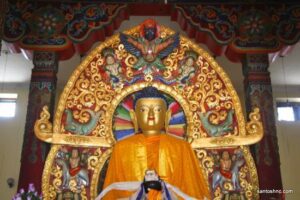
Nearby Hotel
- Hotel Tara Palace: Located in Chandni Chowk, near Kashmiri Gate, Hotel Tara Palace offers comfortable rooms, a rooftop restaurant, and easy access to nearby attractions like Red Fort and Jama Masjid.
- Hotel Alka Classic: Situated in Connaught Place, which is a short distance from Kashmiri Gate, Hotel Alka Classic provides well-appointed rooms, and a restaurant, and is within proximity to shopping and entertainment options.
- Hotel Broadway: Located in the Daryaganj area, Hotel Broadway is a heritage hotel with elegant rooms, a restaurant, and a rooftop terrace offering panoramic views of Delhi.
- Hotel Shelton: Situated in the Paharganj area, Hotel Shelton offers affordable accommodation options, and comfortable rooms, and is well-connected to Kashmiri Gate through public transportation.
- Hotel Florence: Located in the Karol Bagh neighborhood, Hotel Florence provides modern rooms, and a restaurant, and is within a reasonable distance from Kashmiri Gate.
Nearby Places
- Lotus Temple: The Lotus Temple, officially known as the Bahá’í House of Worship, is a magnificent architectural marvel. It is open to people of all religions and beliefs and serves as a place for meditation and prayer.
- Humayun’s Tomb: While not directly related to Buddhism, Humayun’s Tomb is a UNESCO World Heritage Site that showcases stunning Mughal-era architecture. It provides a serene and peaceful environment for exploration and contemplation.
- National Museum: The National Museum in Delhi houses an extensive collection of Buddhist artifacts, sculptures, and artwork from various periods and regions. It offers valuable insights into the history and development of Buddhism in India.
- Lodi Gardens: Lodi Gardens is a beautiful park in Delhi that contains several tombs and structures from the Lodi dynasty. It provides a tranquil atmosphere for walking, picnicking, and relaxation.
- Dhammakaya Meditation Centre: The Dhammakaya Meditation Centre in Delhi is a Buddhist meditation center that offers meditation sessions and courses. It provides a serene space for practicing mindfulness and learning meditation techniques.
FAQs
Q1. What are the visiting hours of Ladakh Buddhist Vihara?
Ans. The temple is open from Monday to Sunday. The visiting hours are generally from 8:00 a.m. to 7:00 p.m.
Q2. Is there an entry fee to visit Ladakh Buddhist Vihara?
Ans. No, there is no entry fee to visit the temple.
Q3. Can we take photographs inside this Temple?
Ans. It’s usually best to inquire about the laws and restrictions regarding photography with the authorities or employees at the vihara as individual photography policies can differ. They will be able to give you the most precise and recent information regarding whether or not photography is permitted on the property.
Q4. Can we bring food inside the temple complex?
Ans. Food is generally not allowed inside the main worship areas, many viharas have designated areas or facilities where you can consume food. These areas are typically separate from the main temple halls to maintain the sanctity of the religious space.
Q5. Is this temple accessible to people with disabilities?
Ans. You can try reaching out to Vihara’s management or administration to ask about wheelchair access, ramps, accessible parking, and other facilities that may be available to ensure a comfortable visit for individuals with disabilities.

